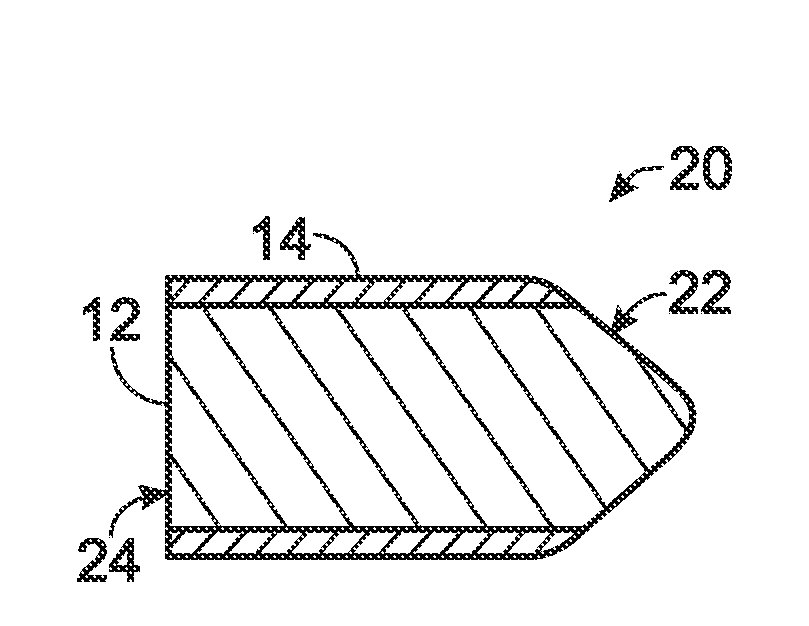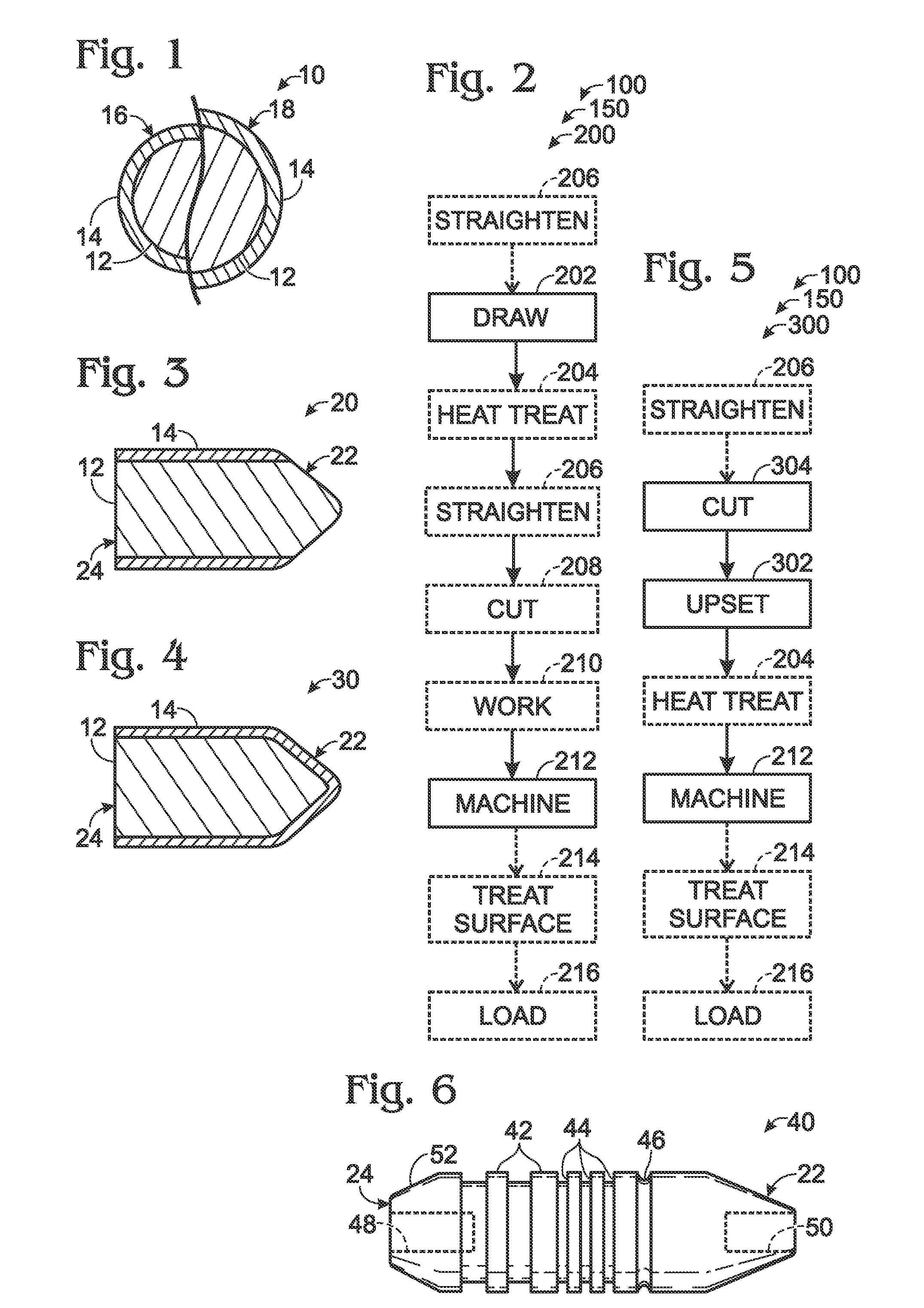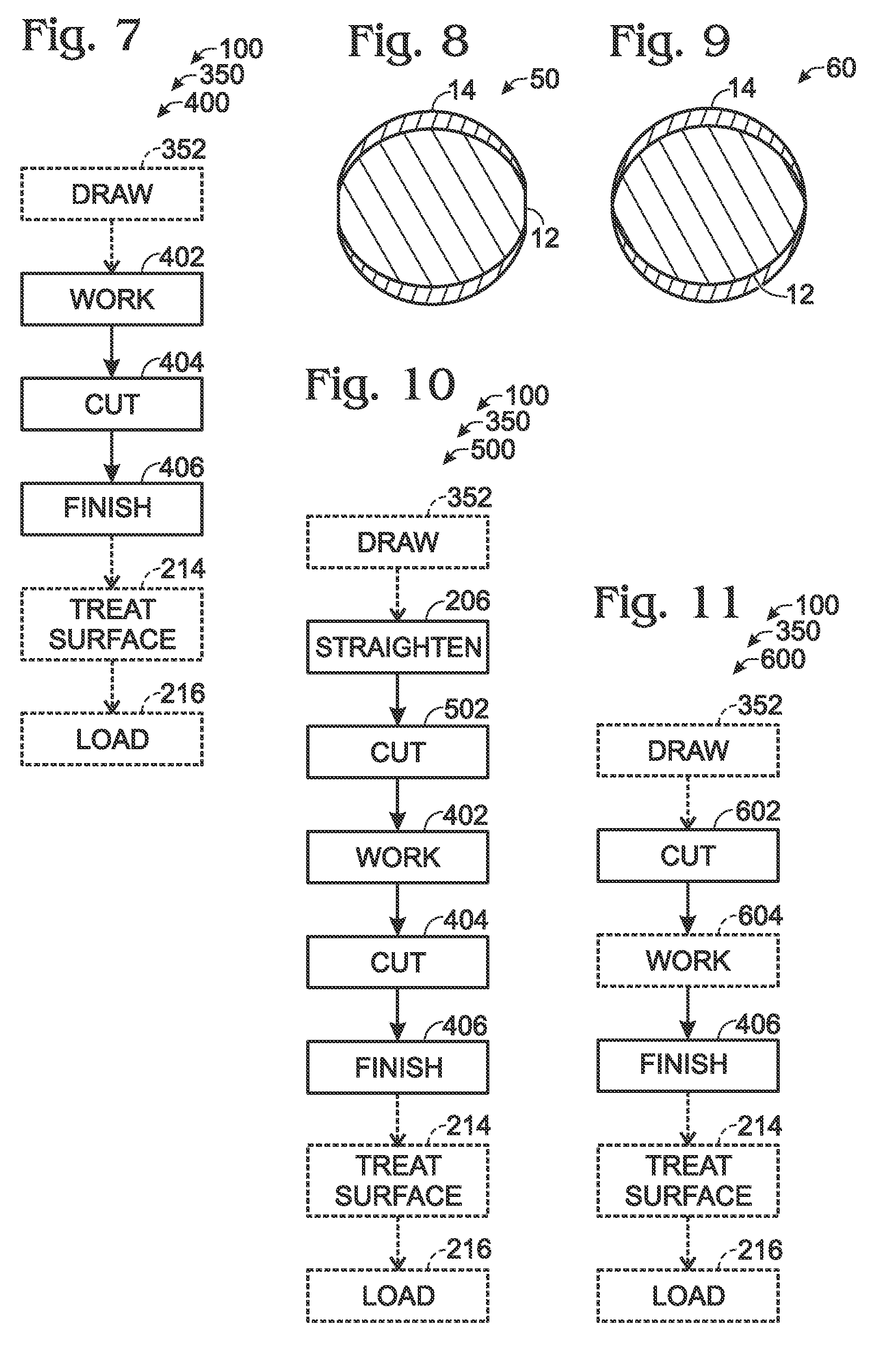(1) Outlawing of lead shot for hunting
waterfowl in the U.S. and Canada has drastically reduced losses of ducks, geese, et al. by
lead poisoning and has not contributed to other types of loss (for example, by crippling due to steel shot). Serious consideration is being given throughout the U.S. to extending the ban on lead
shotgun shot to other types of bird and small-game hunting. While steel shot is considered to be acceptable for its intended purpose, it should be noted that it is only considered to be appropriate for modern shotguns with relatively hard steel barrels. It is therefore not recommended for a wide spectrum of older, fine-quality guns manufactured prior to the modern prohibitions against toxic lead shot. This factor is quite relevant to some embodiments of the present disclosure.
(2) Voluntary restriction of the use of lead bullets for big-game hunting was not sufficiently effective in the condor range of California, but produced somewhat better results in Arizona and Utah. Both scavengers and raptors eat
carrion, such as that associated with lead-killed animals.
(3) California will continue to enforce its July 2008 mandatory statewide ban on lead bullets (including not only “centerfire” big-game and varmint bullets, but also smaller “rimfire” bullets for target and varmint shooting).
(4) Other U.S. states and many foreign countries are presently in various stages of studying further lead bullet restrictions, and some countries have already instituted new policies and / or laws.
(5) While as yet unproven, there is evidence that game meat contaminated with small lead fragments may constitute an unnecessary risk to humans who knowingly or innocently ingest them. This concern, whether fully justified or not, has resulted in warnings to the public by governmental health agencies and in curtailment of distribution of game meat to charitable agencies and organizations.
Copper bullets typically cost several times as much as traditional
copper-jacketed lead bullets, a factor which is perceived as potentially reducing the number of hunters / shooters, as well as the frequency of their activities.
From a conservationist standpoint, hunters who are reluctant or unable to practice their skills are more likely to wound game animals, with resulting waste of the resource.
Premature expansion may result in non-lethal “
flesh wounding,” while delayed expansion may allow the bullet to pass entirely through the animal, leaving an under-sized wound path and
wasting kinetic energy beyond the target.
However, the human factor greatly complicates bullet requirements for given situations.
For example, a perpetrator may be wearing a variety of clothing (including
body armor), which significantly affects bullet expansion and subsequent penetration.
Further complicating the law officer's responsibilities are considerations of bullet over-penetration and ricocheting, both of which may result in injury to bystanders.
In the former, the unfolded bullet “petals” created at
impact remain attached to the base of the bullet (thereby retaining integral
mass), while lead bullets tend to shed and scatter fragments of lead along the wound path (poor “weight retention”).
While an inexperienced engineer or metallurgist might assume that a metallic shape of basically round cross-section (e.g., a bullet) could be advantageously clad in a different
metal by means of a continuous process, resulting in a long clad wire, attempts to do so with lead and
copper have proven to be technically and economically impractical.
For example, if jacket material is “stripped” from the core as the bullet travels down the gunbarrel, it may become lodged in the
barrel, resulting in an obstruction to subsequent firings.
Electroplated copper jackets are viewed as having relatively low bonding strengths to degrees that limit their usefulness to low velocities (e.g., in pistols and a few relatively low-power rifles).
None of these coated steel pellet types is considered to be acceptable for use in older shotguns, the present markets being served by expensive alternatives to lead, such as
bismuth.
 Login to View More
Login to View More 


